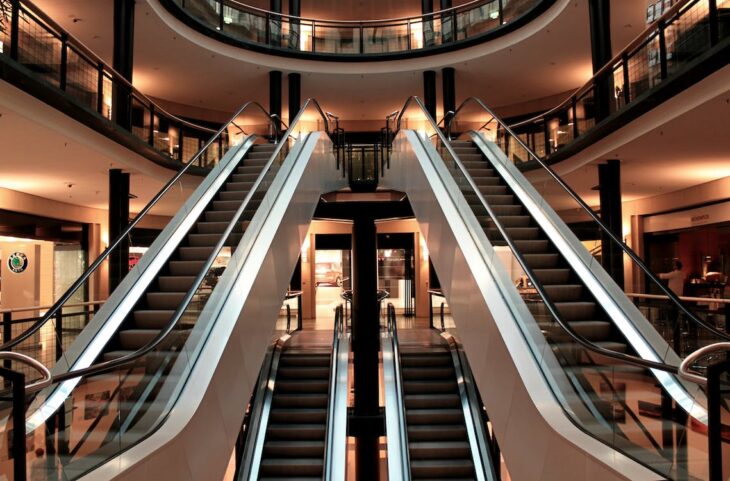
Remembering the “Golden Age” of Malls
The golden age of malls is generally considered to be the 1980s and 1990s. During this time, malls were incredibly popular, with many people visiting them multiple times per week. There were several reasons for their popularity:
- Convenience: Malls offered a one-stop shop for all of your shopping needs, with a wide variety of stores under one roof. This made it easy to shop for everything you needed in one place, without having to drive around to different stores.
- Entertainment: Malls were more than just places to shop. They also offered a variety of entertainment options, such as movie theaters, arcades, and food courts. This made malls a popular destination for people of all ages, not just those who were looking to shop.
- Socializing: Malls were also a place to socialize. People went to malls to meet up with friends, go on dates, and people-watch. Malls were a vibrant and exciting place to be, and they played an important role in American culture. In many ways, the malls were like “town squares” of the nostalgic “good old days.” Thus they provided a very important community role.
It can be argued that malls also benefited from the strong economy of the 1980s and 1990s. People had more money to spend, and they were looking for new and exciting ways to spend it. Malls provided a perfect place to do this.
Here are some specific examples of the popularity of malls during their golden age:
- In 1986, Consumer Reports named the shopping mall as one of the top 50 wonders that had revolutionized the lives of consumers.
- In 1990, there were over 1,500 malls in the United States, and they accounted for over 30% of all retail sales.
- Many popular movies and TV shows were set in malls, such as “Fast Times at Ridgemont High” and “Clueless.”
- Malls were also popular gathering places for teenagers, who would go to malls to hang out with friends, listen to music, and shop for clothes.
However, the popularity of malls began to decline in the late 1990s and early 2000s. There were several reasons for this decline, including:
- The rise of e-commerce: The rise of online shopping made it easier and more convenient for people to shop without having to go to a mall.
- The decline of anchor stores: Many of the large department stores that had anchored malls in the past began to close down. This led to a decline in traffic to malls.
- The Great Recession: The Great Recession of 2008-2009 led to a decline in consumer spending. This hurt malls, as people had less money to spend on shopping.
Today, many malls are struggling to survive. However, some malls have been able to adapt to the changing retail landscape by adding new features and attractions, such as restaurants, entertainment venues, and office space. Malls may not be as popular as they once were, but they still seem to play an important role in many communities.
According to the International Council of Shopping Centers (ICSC), there were approximately 1,150 enclosed malls in the United States in 2023. This is down from a peak of over 1,500 malls in the early 1990s.
The ICSC also reports that the average occupancy rate of malls in the United States is currently around 80%. This means that about 20% of all retail space in malls is vacant. The high vacancy rate is another challenge facing malls today.
CLICK HERE FOR MORE GREAT BUSINESS NEWS STORIES
RELATED:







